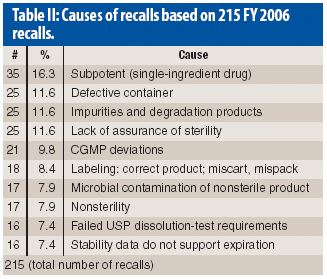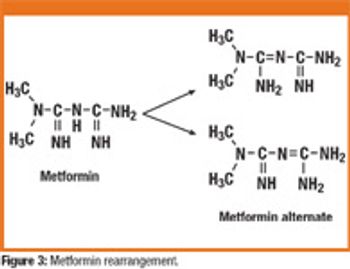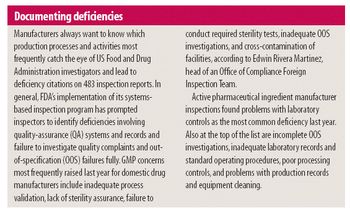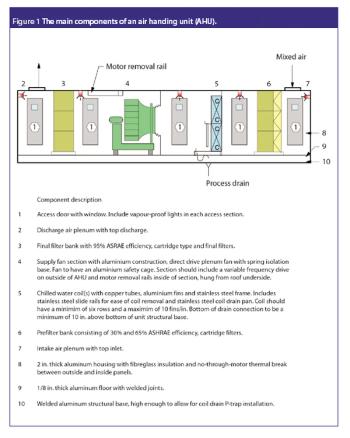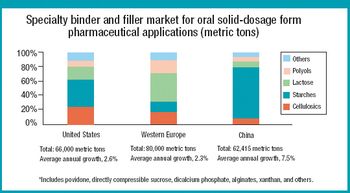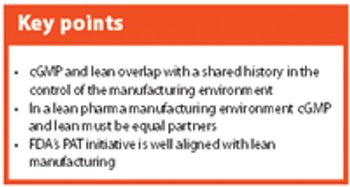
Basel, Switzerland (Nov. 17)-Novartis plans to submit additional information to the Committee for Medicinal Products for Human Use (CHMP) of the European Medicines Agency on manufacturing issues to support the approval of its antifungal drug "Mycograb." The CHMP issued a negative recommendation for the drug.


